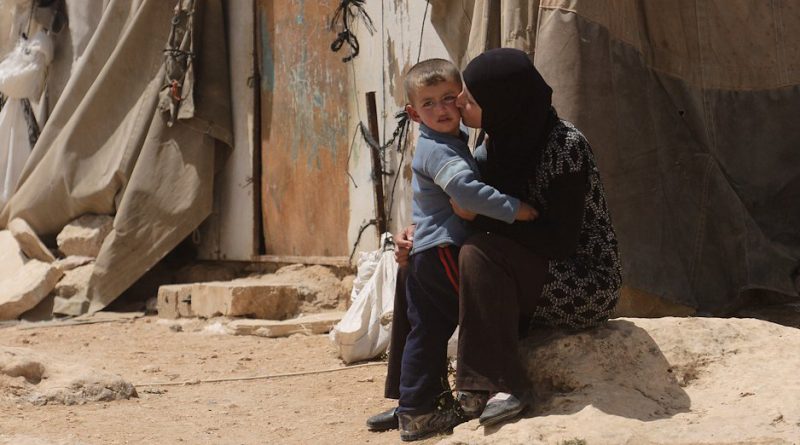Now Reading: Treatment guidelines in AIDS control programme modified
-
01
Treatment guidelines in AIDS control programme modified
Treatment guidelines in AIDS control programme modified
With the modification in national guidelines in May to ‘test and treat’ all HIV diagnosed patients, the Mumbai District AIDS Control Society (MDACS) has reached out to over 50 per cent of HIV untreated people in the city to start their anti-retroviral treatment (ART).
Those with CD4 count (cluster of differentiation which is a type of white blood cells) less than 500 were put on ART treatment. Those with CD4 count above 500 were advised no active treatment but tests every six months. The National AIDS Control Organisation (NACO) has revised guidelines making it mandatory to treat every patient diagnosed HIV positive, on the recommendation of WHO.
“The aim with which NACO modifies the guideline is to reduce risk of infection or mortality related to HIV,” said Dr Shrikala Acharya, additional project director at MDACS.
ART clinics across Mumbai were asked to trace all patients who were registered as HIV positive but had not started ART. Health workers are currently counselling these patients to put them on free treatment. Those with HIV may remain asymptomatic for a long time until immunity dips making them prone to infections.
In addition, MDACS is taking extra measures to prevent mother-to-child HIV transmission by testing and treating all pregnant women registered in government hospitals and maternity homes across Mumbai. Since 2014, when the programme to treat each HIV positive pregnant woman began, the MDACS has helped prevent HIV transmission to 1,002 newborns.
“We also test a baby four times till he is 18 months old before declaring him HIV negative. The pregnant mother is put on life-long ART treatment to prevent infection spread chances,” Acharya said, adding that in only two per cent cases, the virus may transmit to the newborn from the mother despite treatment..
According to the WHO, early intervention can help prevent spread of HIV infection in cases of Babies contracted HIV from the mother, After delivery, a mother is followed up for two years while the baby is administered Nevirapine drug for 6 to 12 weeks to avoid accidental virus transmission through breast milk.








